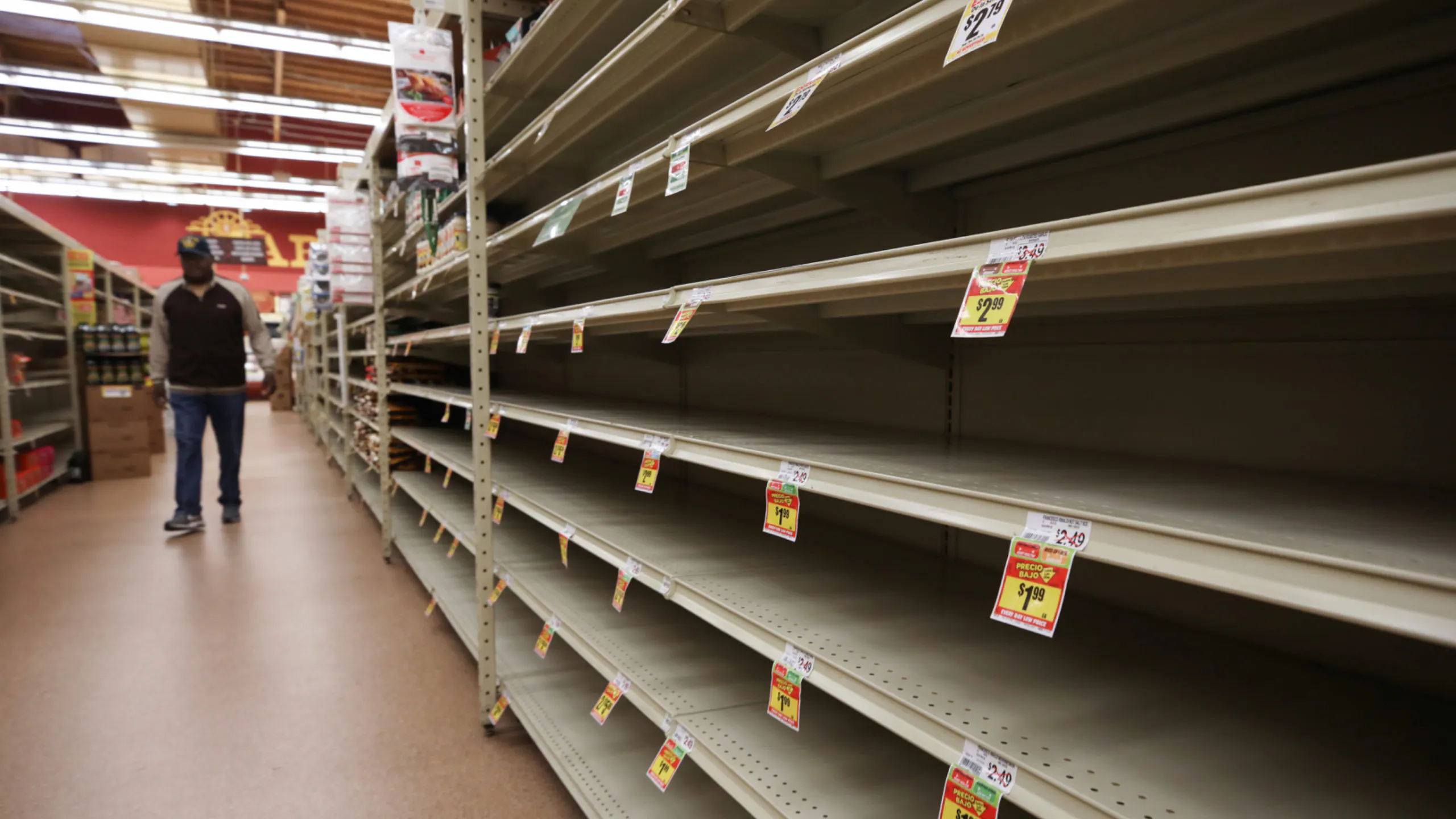Inflation soared to new four-decade highs last month — but some products are driving the price increases more than others.
The Consumer Price Index (CPI) rose 8.6% between May 2021 and May 2022, a Friday report from the U.S. Bureau of Labor Statistics revealed. Even though wages are nominally rising, real average hourly wages dropped 3% during the same period — meaning Americans must tighten their budgets or work more than last year to enjoy the same standard of living.
The Friday report also reveals that energy is seeing the most severe price increases. Fuel oil has risen 107% year-over-year. Gasoline rose 49%; utility gas service rose 30%; and electricity rose 12%.
The rise in fuel cost is driven by the Russian invasion of Ukraine, as well as Biden administration policies such as nixing expansions to the Keystone XL Pipeline last year and delaying new drilling permits. As a result, prices at the pump reached a national average of $5.01 as of Monday, according to AAA — amounting to a 110% increase since the day President Joe Biden took office.
David Bahnsen, the founder of Manhattan-based wealth management firm The Bahnsen Group, told The Daily Wire that energy prices are indeed driven by “inexplicable policy decisions” and the Ukraine conflict.
Food prices are likewise contributing to the surge in inflation. The cost of eggs rose 32% over the past year; meat, poultry, and fish rose 14.2%; dairy and cereals each rose about 12%; and fruits and vegetables rose 8%. The cost of food at home, meaning grocery store or supermarket food purchases, saw its fastest increase since April 1979, while the cost for food away from home, such as restaurants and school lunches, increased at its fastest pace since November 1981.
A recent survey from BMO and Ipsos found that 42% of American adults are “changing how they shop for groceries,” including “opting for cheaper items, avoiding brand names and buying only the essentials.” Meanwhile, 46% are “either dining out less or consciously spending less when dining out.”
Core CPI — which factors out food and energy in recognition of their more volatile natures — has “come down from its rate of growth,” Bahnsen told The Daily Wire. Goods inflation has likely peaked, even as services inflation continues to worsen.
Beyond energy and food, new and used cars are seeing particularly high price increases. Used cars and trucks are 16% more expensive than in May 2021, while new vehicles are 13% more expensive.
The price surge comes as the automotive industry experiences constraints from a worldwide computer chip shortage. Many Asian economies introduced harsh lockdown measures at the onset of COVID-19, inducing bottlenecks that continue to impact the global semiconductor supply chain. Due to the phenomenon, some automotive companies have been forced to limit or pause production.
Other categories with salient price increases include airline fares, up 38%; rent, up 5%; and apparel, up 5%.
Despite rising from recession-era lows, consumer confidence — as measured by the University of Michigan’s benchmark Survey of Consumers — has been plummeting since the summer of 2021 and is presently near its lowest level in a decade. Because the United States economy is largely centered upon household spending, analysts look to consumer confidence as a key metric to forecast recessions.

.png)
.png)

